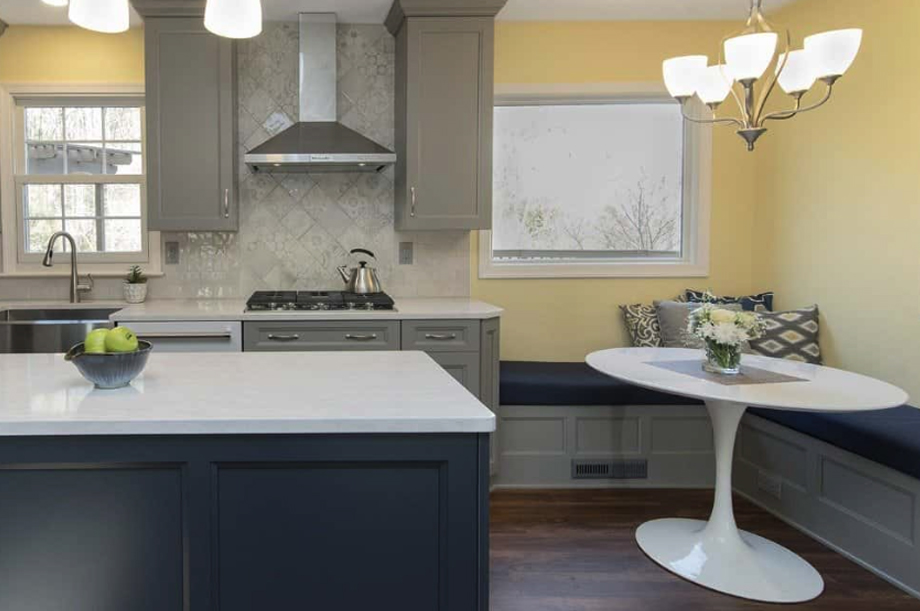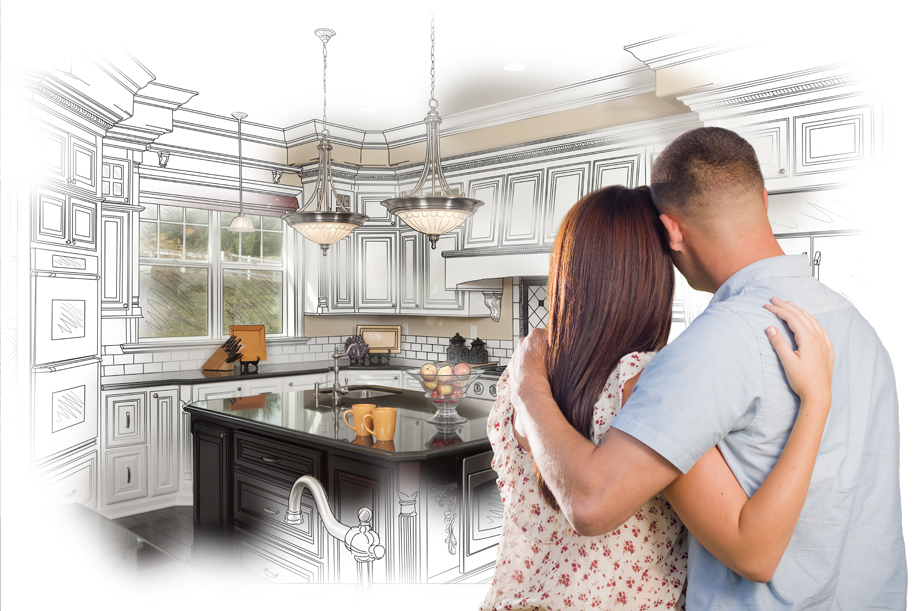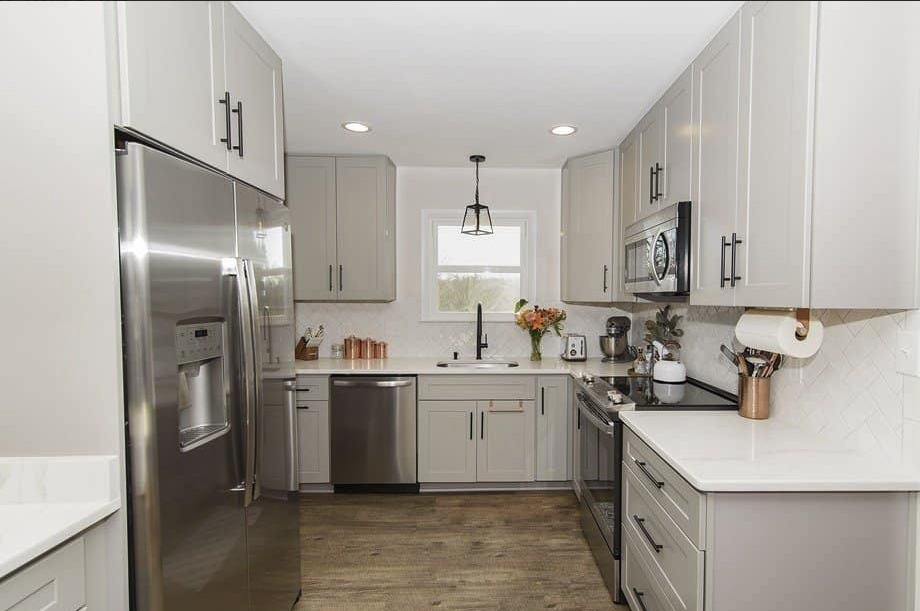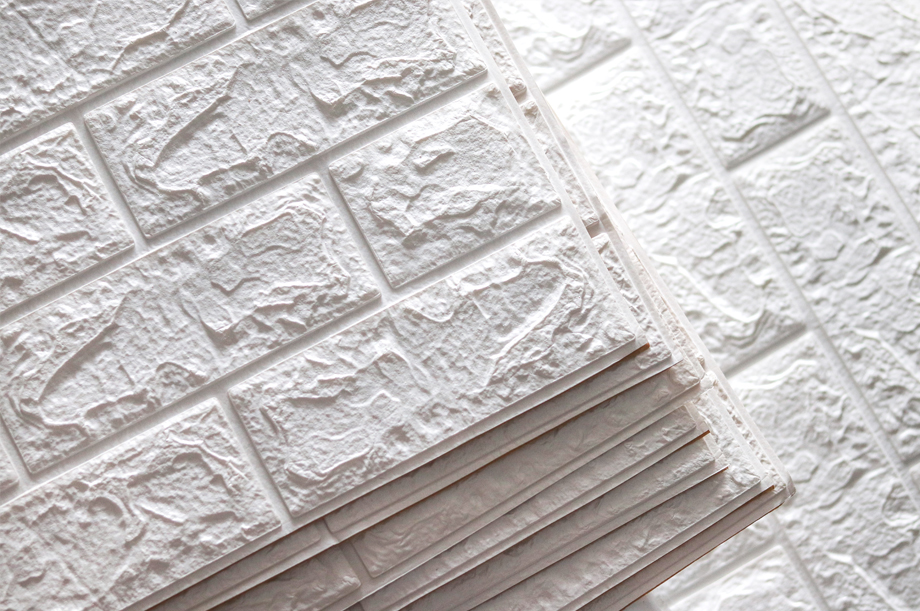There is a right and wrong way to use butcherblock in your kitchen. This is a gorgeous material when it’s installed properly, but you have to be strategic with planning. O’Hanlon Kitchens recently installed a stunning butcherblock bar over a client’s peninsula, and it completely changed the appearance of their kitchen. The tips below can help you achieve similar results in your home.
Pros and Cons of Butcherblock Countertops
Before you start browsing through butcherblock samples, you need to weigh out the pros and cons. This material is not right for everyone, and it may not be a good fit for your design aesthetic. Here are some pros and cons to keep in mind.
Pros:
- More affordable than most stone countertops
- Available in many different shades and stains
- Works well with many kitchen design styles
- Hides crumbs, dirt, fingerprints, etc.
- Available in different widths
- Great option for adding warmth to a kitchen
Cons:
- Easily stained
- Not as heat-resistant as stone
- Subject to water damage and warping from temperature shifts
- Need frequent sealing for protection
- Not all butcherblock is designed for cutting
- Tricky to install in some kitchen layouts
Think carefully about how you use your countertops on a daily basis. Do you need a material that you can sit hot pans on without worrying about heat marks or burns? Do you need a surface that can stand up to heavy moisture exposure? If so, butcherblock may not be the best fit for you. Be selective about where you put butcherblock in your kitchen to prioritize function over appearance.
Where to Place Butcherblock in Your Kitchen
Butcherblock is great on islands, bars, coffee stations, and prep areas. It does not do well around sinks or stoves. We’ve seen many homeowners use butcherblock as an accent in their kitchen, surrounded by stone countertops that match their functional needs. A setup like that may be ideal for your kitchen.
Select Butcherblock Based on Where You Plan to Place It
Not all butcherblock is created equal. Butcherblock countertops look like large cutting boards, but they’re not actually designed to be used as cutting boards. Some are more food-safe than others.
You also need to consider the different types of woods used for butcherblock and the stain colors for the wood. You may choose a honey-colored butcherblock or rich, warm brown countertops. These aspects will change the look of your kitchen.
Our designers can help you weigh out the options to find the perfect counters for your kitchen design. Reach out to O’Hanlon Kitchens to schedule a design consultation.
How to Maintain Butcherblock and Prevent Stains
Butcherblock is not a low-maintenance material. You need to oil or seal it frequently to maintain the luster, prevent staining, and protect against warping. If you have the butcherblock in a food prep area, make sure you use food-safe oil. Different topcoats will affect the look of your butcherblock, so you may want to do a small test before oiling the entire surface.
If you use a product like mineral oil to protect your butcherblock, you’ll need to apply it frequently at first because it soaks into the pores of the wood. After that, you’ll still need to seal the counters once a month to prevent staining.
If this doesn’t sound like a task you want to mess with, consider alternative countertop materials.







